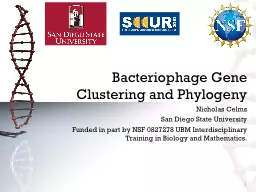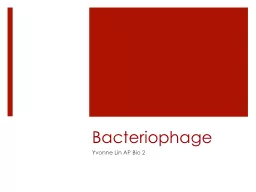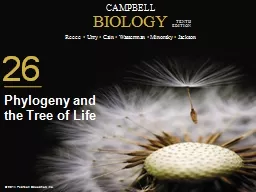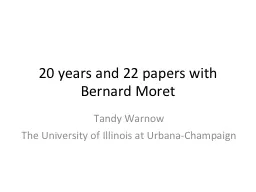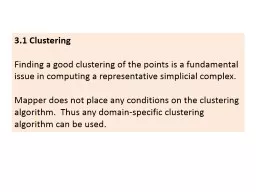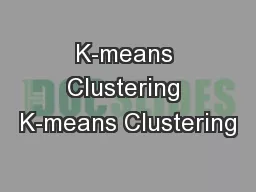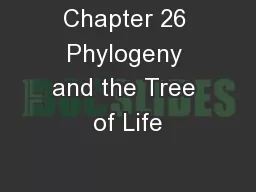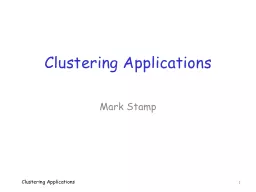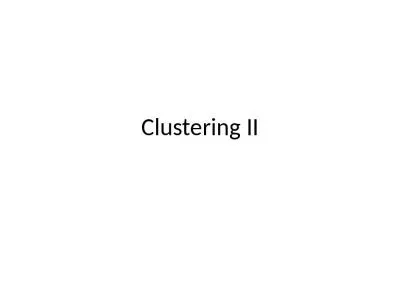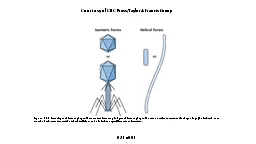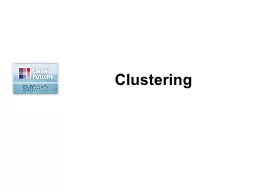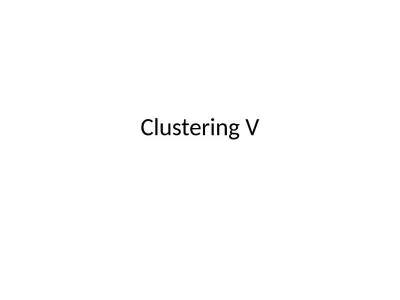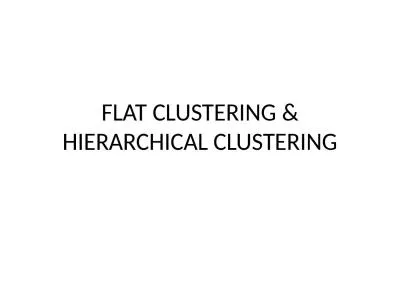PPT-Bacteriophage Gene Clustering and Phylogeny
Author : test | Published Date : 2016-03-02
Nicholas Celms San Diego State University Funded in part by NSF 0827278 UBM Interdisciplinary Training in Biology and Mathematics 1 Goal Build a method for making
Presentation Embed Code
Download Presentation
Download Presentation The PPT/PDF document "Bacteriophage Gene Clustering and Phylog..." is the property of its rightful owner. Permission is granted to download and print the materials on this website for personal, non-commercial use only, and to display it on your personal computer provided you do not modify the materials and that you retain all copyright notices contained in the materials. By downloading content from our website, you accept the terms of this agreement.
Bacteriophage Gene Clustering and Phylogeny: Transcript
Download Rules Of Document
"Bacteriophage Gene Clustering and Phylogeny"The content belongs to its owner. You may download and print it for personal use, without modification, and keep all copyright notices. By downloading, you agree to these terms.
Related Documents

